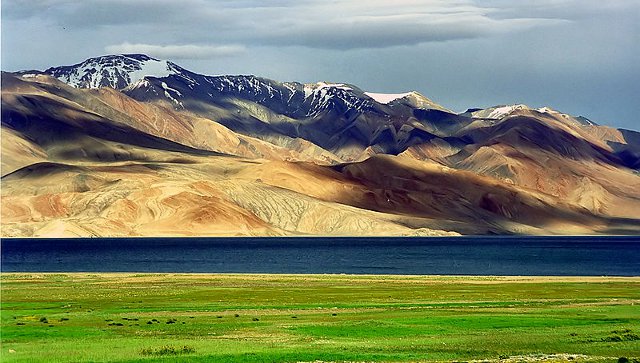
The world had been awash in news about how we can see the evidence in our DNA of ancient humans mating with Neanderthals and their close relatives, the Denisovans. Now in a new study out in the journal Nature, a group of researchers has found the strongest evidence to date that this mating mattered.
Modern Tibetans are incredibly well adapted to the harsh environment of the Tibetan plateau. This place is cold, doesn’t have a lot of resources and has about 40% lower levels of oxygen than at sea level. It turns out that a big reason Tibetans do so well compared to everyone else is because of a version of the EPAS1 gene their ancestors got from the now extinct Denisovans. Most every Tibetan who is well adapted to this environment has the Denisovan version of the EPAS1 gene.
When these researchers compared the EPAS1 gene of Tibetans with other modern humans, Neanderthals and Denisovans, the best match by far was with the Denisovans. The same gene version was also found in a couple of nearby Han Chinese individuals, but there was no sign of it in the Melanesian population which is thought to have the highest levels of Denisovan DNA.
And we aren’t talking just a single DNA difference that might have arisen by chance. No, they found at least 32 specific single base changes scattered throughout the region of the gene that were only shared by Denisovans, Tibetans and those two Han Chinese individuals. The only model that fits this data is that at some point the gene was introduced into the human population by the Denisovans that then spread through natural selection.
Basically, through random mutation, a Denisovan ended up with a version of the EPAS1 gene that allowed them to thrive at higher altitudes. This gene version (or allele) then spread through the Denisovan population.
Next, ancestors of modern humans and Denisovans had babies together. Some of these babies inherited the Tibetan EPAS1 allele. Some of these humans then moved to the Tibetan plateau where life got very hard for people with the everyday version of the EPAS1 gene.